
Exploring the original ATX iteration of the DPS8005:
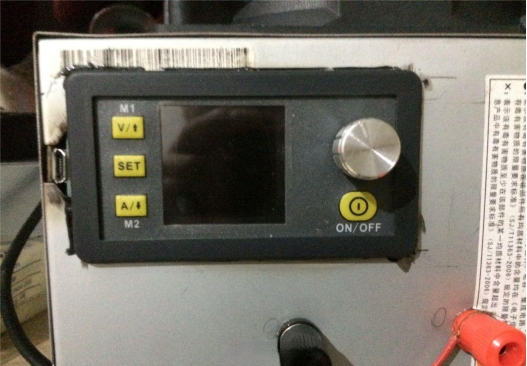
Commence the modification process by acquiring two mainframe cover plates, each measuring 39cm39cm. Dedicate one side to crafting a sleek casing with dimensions of 1313*20.
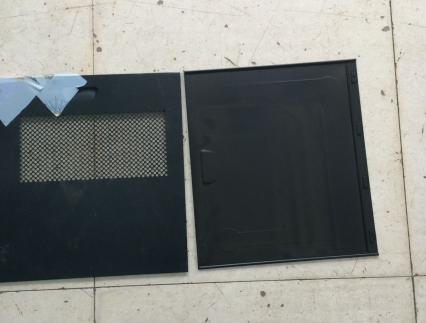
Embark on the meticulous fabrication journey: outline the dimensions, and execute precise cuts on both the base and panels, incorporating strategic angular cuts for seamless bending.
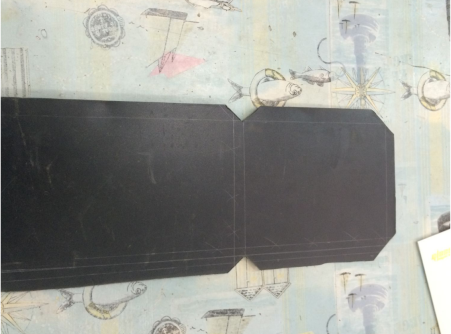
Utilize a compact vise, augmenting its size with two additional flat bars for enhanced bending. Facilitate post-bend installation of top screws by hand-holding the pre-bent component.
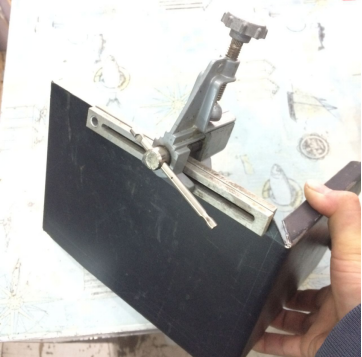
Upon completing the base, replicate the process for the top.
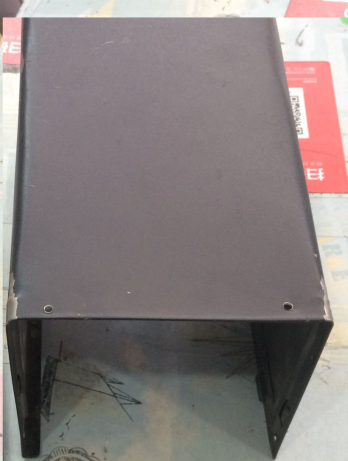
Top bending, simplified by leveraging a squared table, minimizes complexity. Employ an electric drill to establish screw holes, ensuring seamless integration with the panel. Verify the fit post-bending.
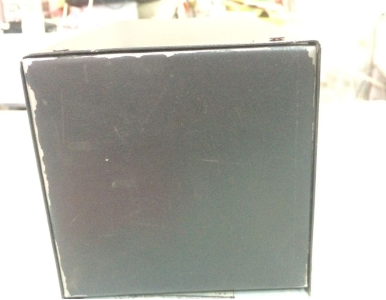
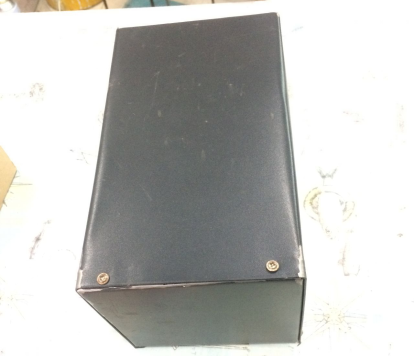
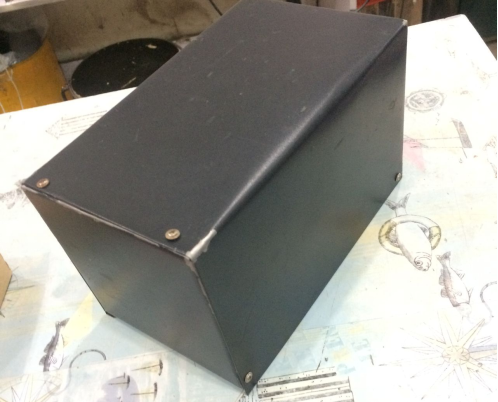
As the casing nears completion, shift focus to optimizing rear ventilation. Identify a power supply cover with pre-existing holes to obviate the need for additional ventilation drilling. Simplify fan installation on this ventilated cover.
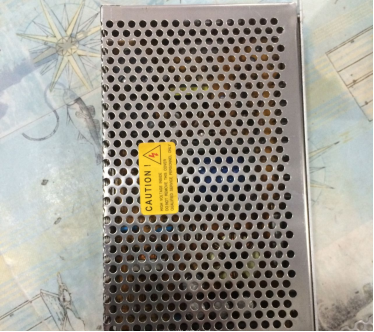
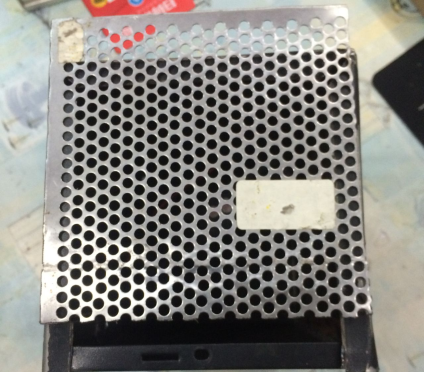
Flatten and cut to size, followed by tapping screw holes and securing them to the pre-bent top. The result is a visually appealing casing.
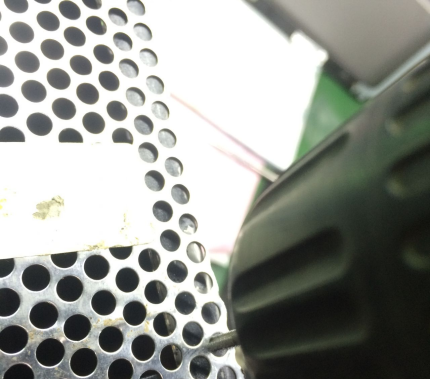
Now, transition to perforating holes and slots using a cutting machine, followed by meticulous polishing.
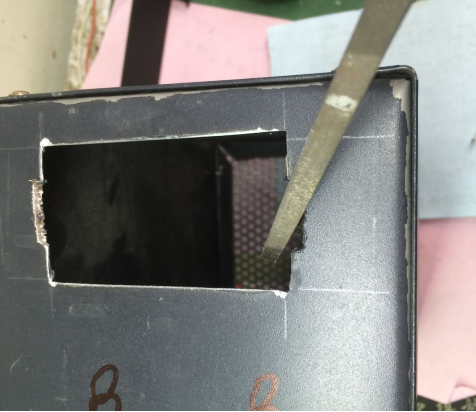
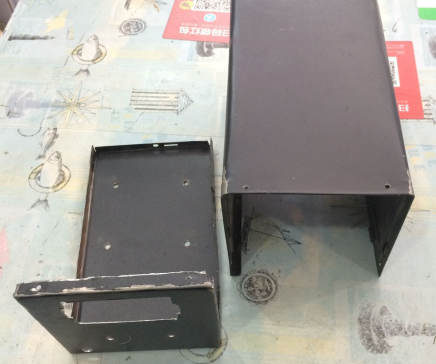
Conclude with a touch of black paint to address any imperfections, rendering the final aesthetic more refined than its initial iteration.
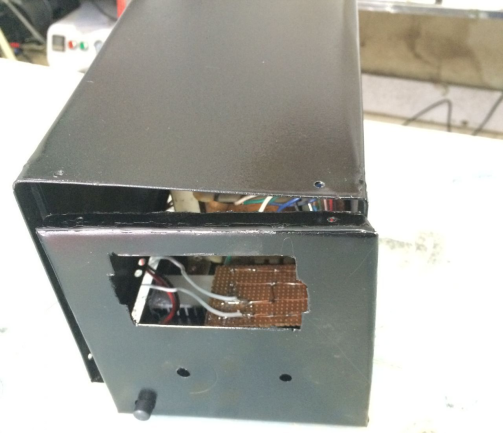
Proceed with the internal installation phase, seamlessly integrating components extracted from the original ATX.
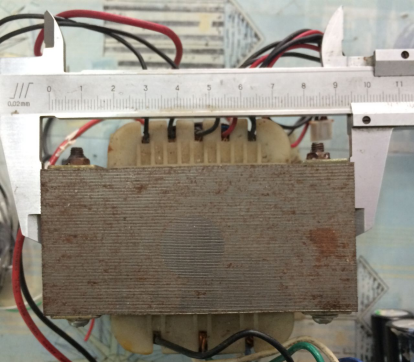
Employ an aging transformer for rectified main winding, yielding approximately 50v under load. Additionally, utilize a set of 12v for auxiliary power, serving the fan for optimal cooling. Incorporate rectifying capacitors, salvaged from the ATX's larger capacitor pool, totaling six in parallel and boasting a 200v capacity.
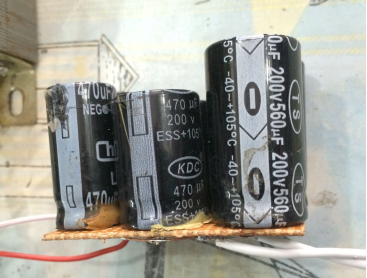
Enter the spotlight: the Ruideng DPS8005. Navigate the installation of its modules with precision.
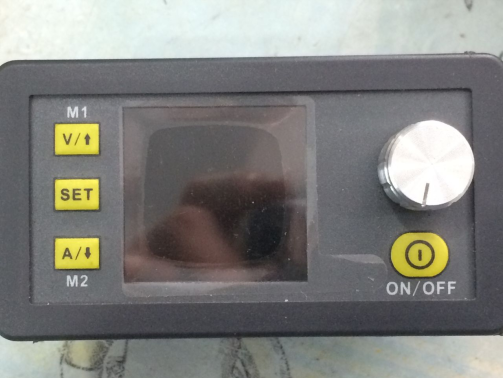
To streamline content indexing for search engines, emphasize the strategic utilization of screws during installation. The resultant internal configuration may appear intricate but exudes a sense of purpose.
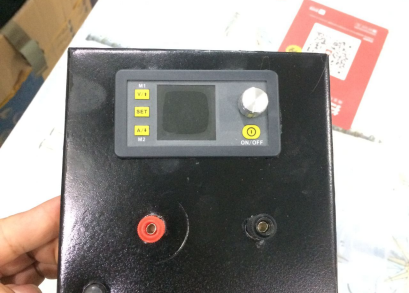
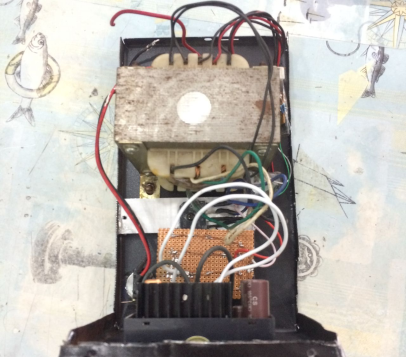
Address the rear fan and power plug aspects thoughtfully, enhancing cooling efficiency with the inclusion of a compact yet effective fan.
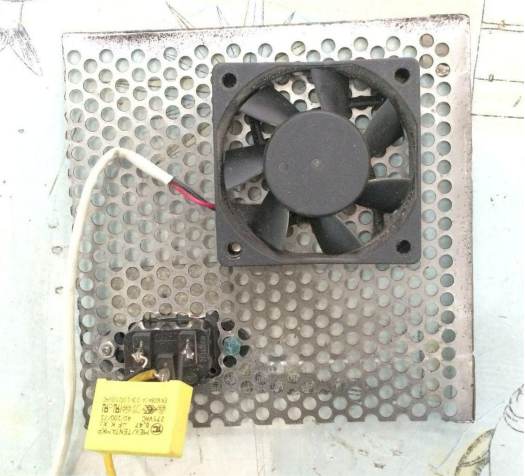
Complete the transformation by affixing the rear cover plate, enhancing the visual appeal of the ensemble. Don't overlook the practical addition of four shock-absorbing pads on the base, ensuring stability.
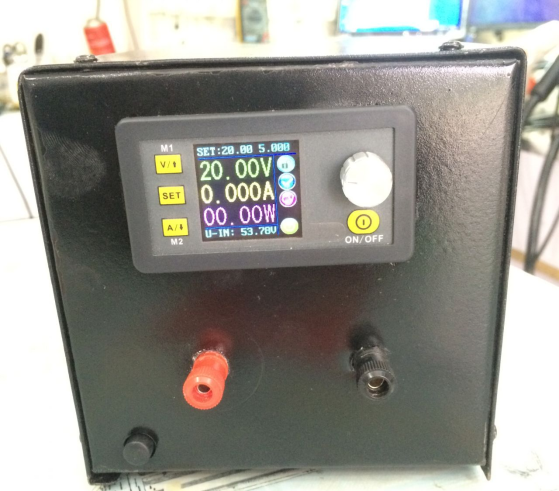
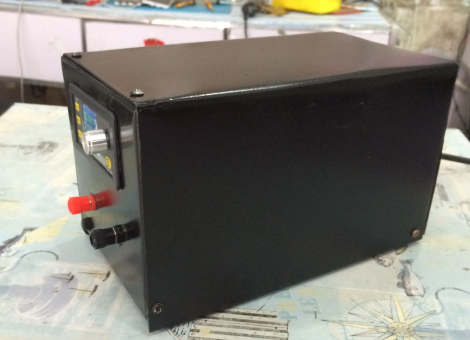
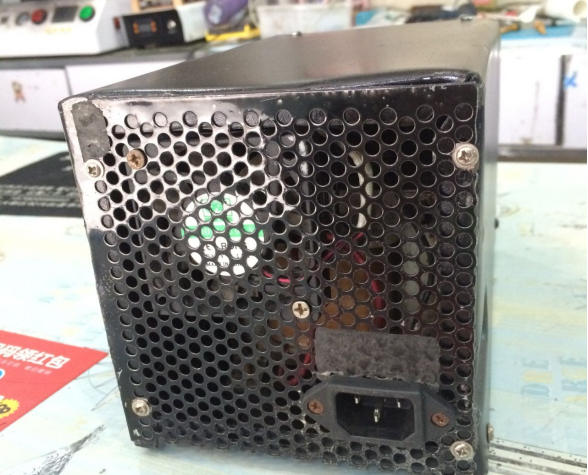
With the successful completion of the bottom test, the DPS8005 stands as a testament to meticulous craftsmanship and technological ingenuity.




